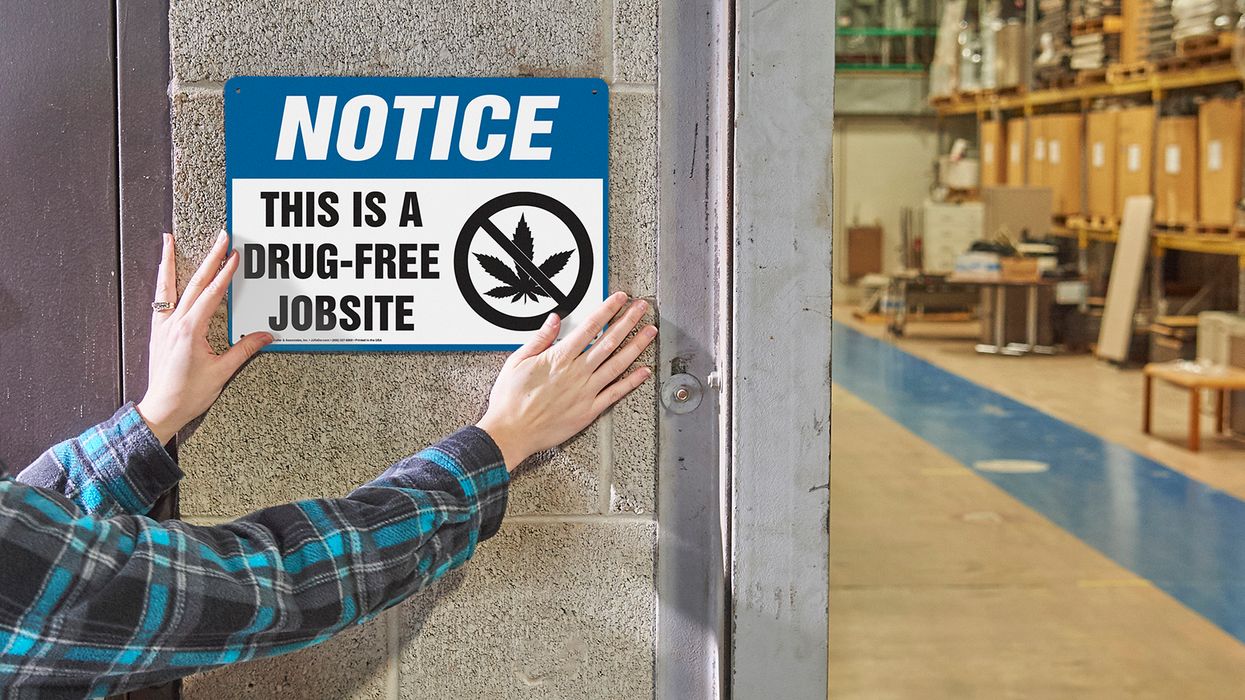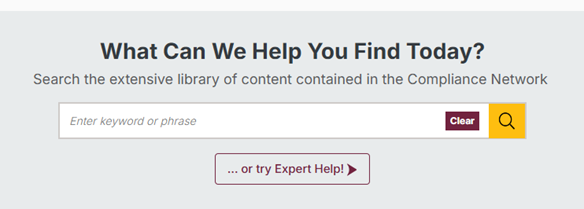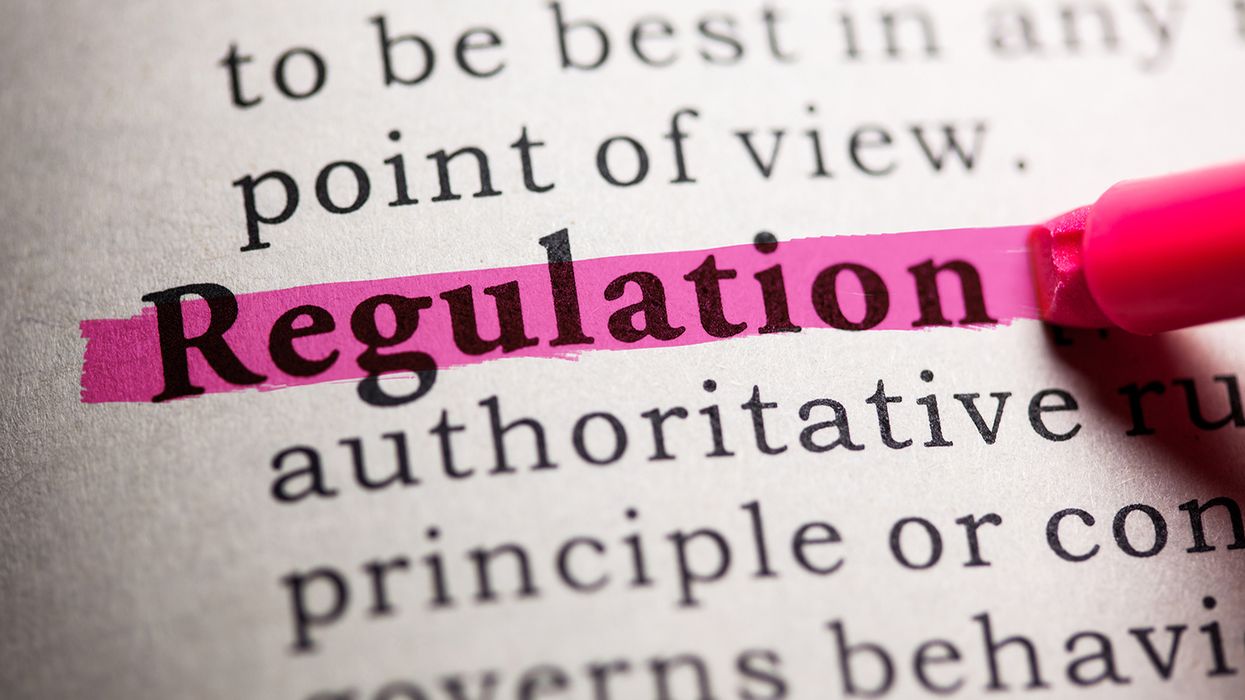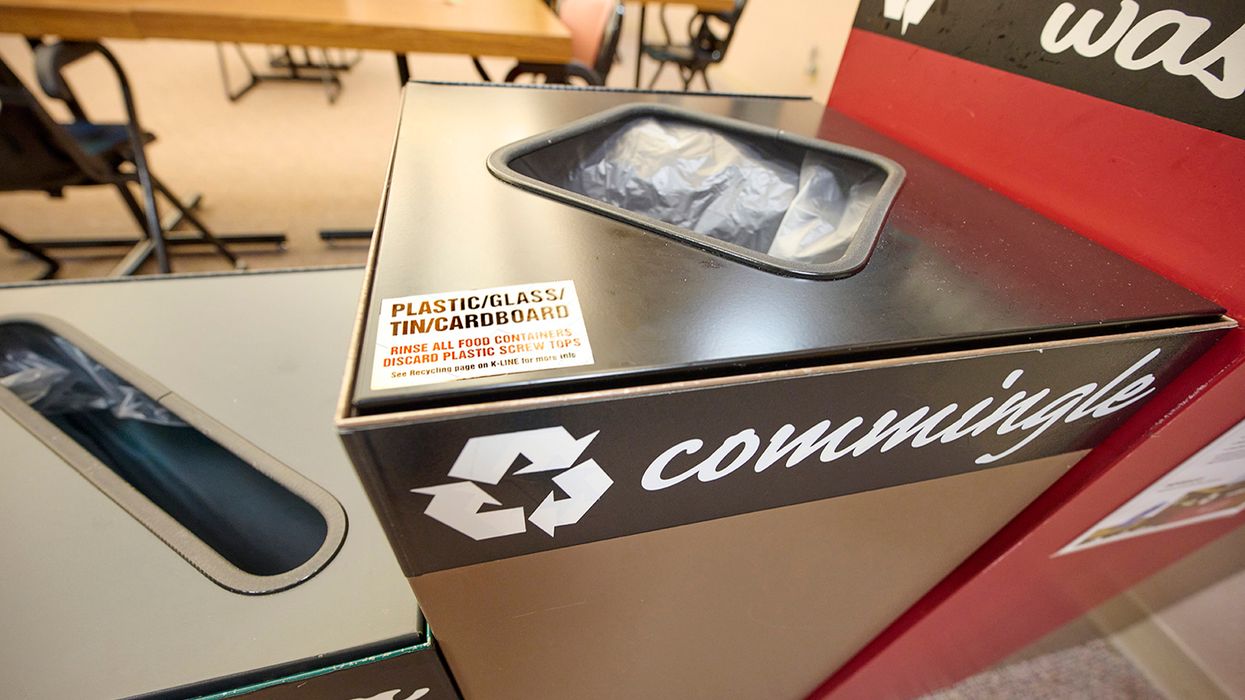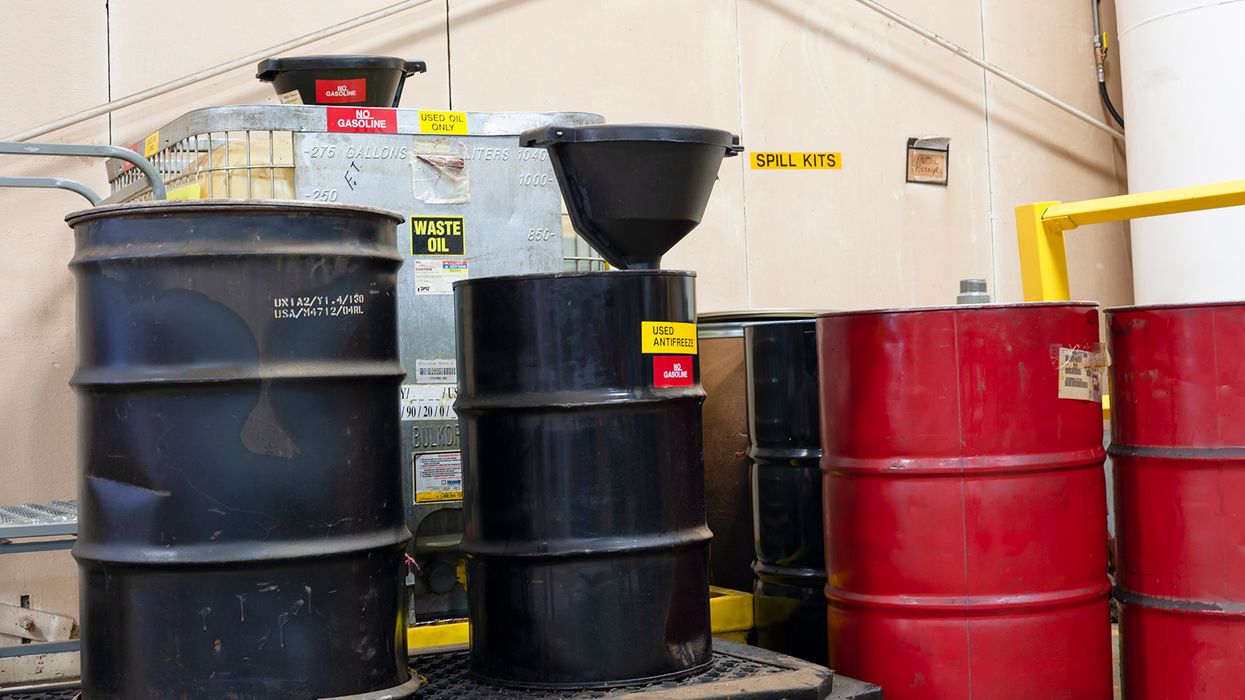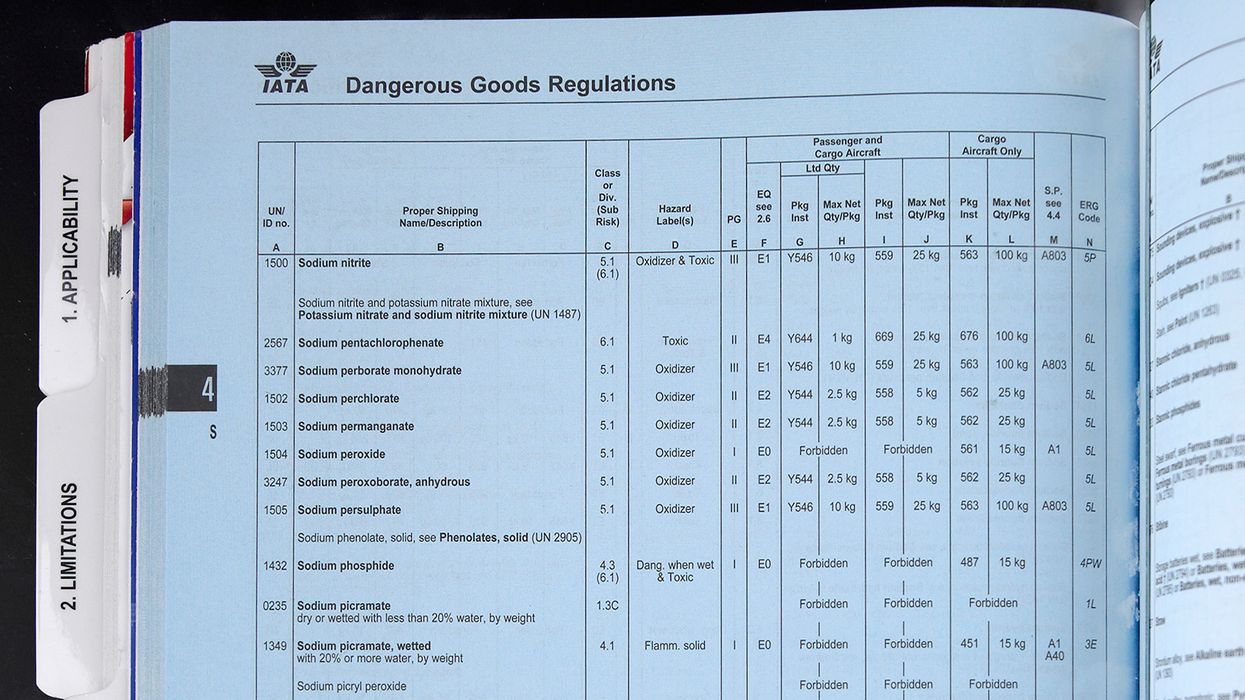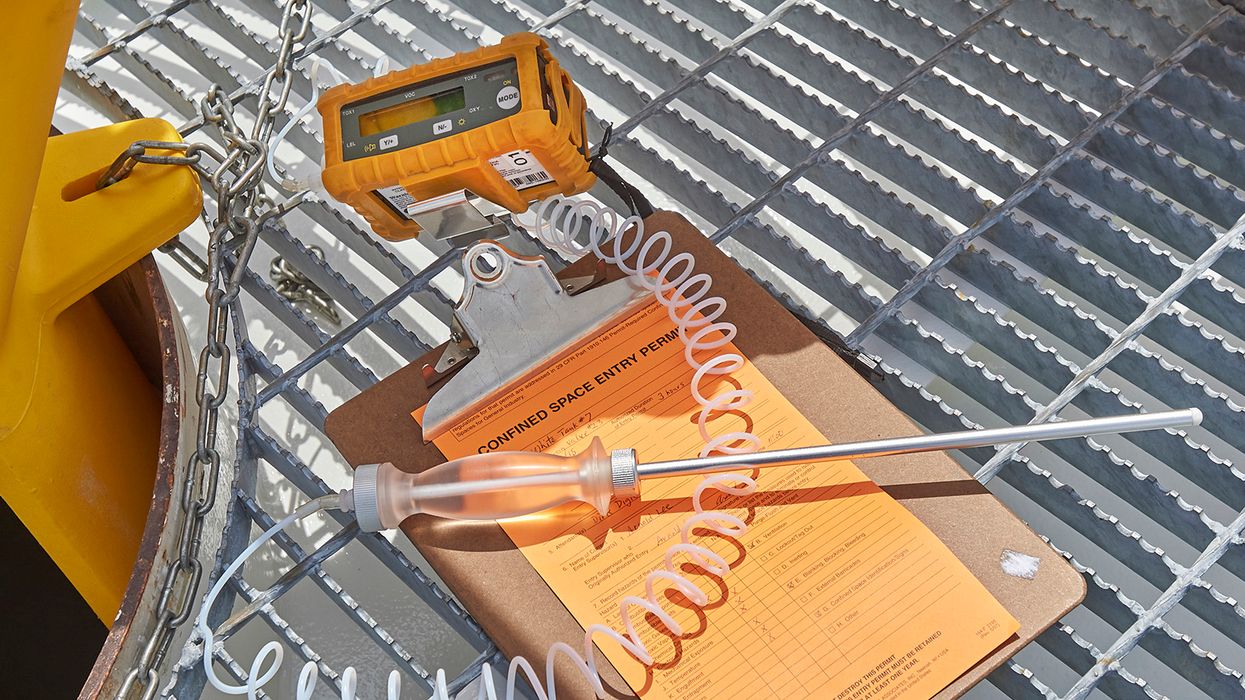Safety incentives and post-incident drug testing
OSHA has long opposed incentive programs that discourage injury reporting, but has specifically allowed post-incident drug testing for many years. Some of OSHA’s pre-2018 memos appeared to substantially restrict post-incident drug testing, but those memos have been withdrawn. Still, online searches may turn up some outdated memos.
Incentives and testing allowed
The recordkeeping rule at 1904.35(b)(1)(iv) states, “You must not discharge or in any manner discriminate against any employee for reporting a work-related injury or illness.” In a memo dated October 11, 2018, OSHA stated that this provision “does not prohibit workplace safety incentive programs or post-incident drug testing.”
The memo noted that many employers establish incentive programs and conduct drug tests to promote safety. It clarified that such programs would be in violation of that regulation only if the employer took action to penalize an employee for reporting an injury.
Regarding post-incident testing, the memo did add that employers “should test all employees whose conduct could have contributed to the incident, not just employees who reported injuries.” For example, if a forklift operator strikes a pedestrian, the employer should test the operator, not just the injured pedestrian.
If injuries do not get reported, employers cannot address the underlying hazards to prevent future injuries. Consistently enforcing safety rules (whether or not an injury was reported) helps demonstrate that employers are serious about eliminating risks, not merely concerned with reducing recorded injuries. Rewarding employees for reporting near-misses and hazards, and encouraging involvement in safety programs, should help reduce injuries by improving safety rather than just reducing the number of reported injuries.
For related information, see our article Peer pressure and workplace incidents: A dangerous combination.
Rate-based programs
Some incentive programs focus on the injury and illness rate and reward employees with a prize or bonus at the end of an injury-free period (whether a month or a year). Such programs are permissible as long as they are not implemented in a manner that discourages reporting.
The memo indicated that even if the employer withholds a prize or bonus because of a reported injury, OSHA will not cite the employer — if the employer “implemented adequate precautions to ensure that employees feel free to report an injury or illness.”
However, simply telling employees that the company won’t retaliate may not be good enough. The memo suggested taking positive steps to emphasize safety rather than injury rates. Examples could include:
- Rewarding employees for identifying unsafe conditions;
- Providing training to reinforce reporting rights and emphasize the non-retaliation policy; and
- Evaluating employees’ willingness to report injuries and illnesses.
Even though rate-based programs are permissible, they can be challenging to implement without creating negative incentives that discourage reporting. Instead, employers should implement programs that reward desired behaviors (such as reporting hazards) rather than rewarding employees for avoiding negative outcomes (like not getting injured). For more information, see our article, How to build a more effective safety incentive program.
Key to Remember: OSHA does allow post-incident drug tests and incentive programs, but employers should focus on rewarding positive behaviors and ensure that employees are not discouraged from reporting incidents.

